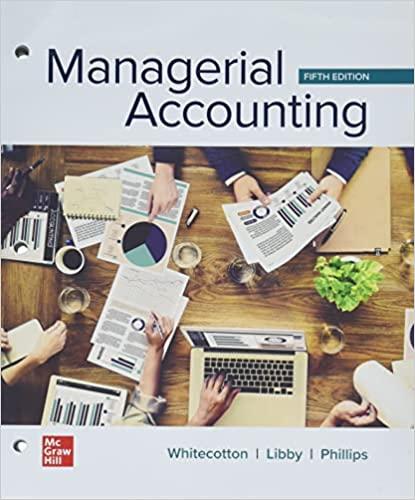


4) PROCEDURE The instructor will go over most of the steps below in the lab. They are easier to understand if you can see what they refer to. 1) Level the air table by adjusting the legs. 2) Make sure the bottom steel disk is in place and that one of the other disks is on top of it. You will need the masses and radii of the top steel disk and the aluminum disk. Measure them at this point. Measure the diameter and mass of the small pulley, put it on the top disk and wind the string around it. The other end of the string should be attached to a small mass of about 10-20g and stretched over the pulley at the edge of the air table as shown in fig. 1 above. The string needs to be long enough so that the small mass can reach the floor. You will hold the weight in place about 1 m above the floor and then release it and let it drop. Now turn the air on while holding the disk so that it does not move. The air pressure should already be adjusted to the proper level, so you should leave that alone. Start the stopwatch and release the disk at the SAME TIME. 5) Repeat this ten times for each disk, the aluminum disk and the steel disk. Each person in the team should measure five of the values. DATA ANALYSIS Use your measured values to calculate I from equation 6. Do this in EXCEL! You will have ten I's for each disk. Find the mean value and the standard deviation for the mean value for each disk. Calculate the theoretical" I (from M and R using equation 1) and calculate the % difference between the two values. You will have an uncertainty in both the "theoretical" value, MR2/2 and the "measured" value. (These will be due to the uncertainty in your measurements of M, R, m r, h and At.) Will the standard deviation for the "measured" I account for the difference between the "theoretical" I and the "measured" ? Discuss the difference between these two I's. Is it significant? (Consider other possible measurement errors, eg in r, R, M and m, h and At.) You should find the percent difference between your measured I's (i.e. the mean for each disk) and the theoretical I's. You should verify (i.e. calculate these) that mora is









